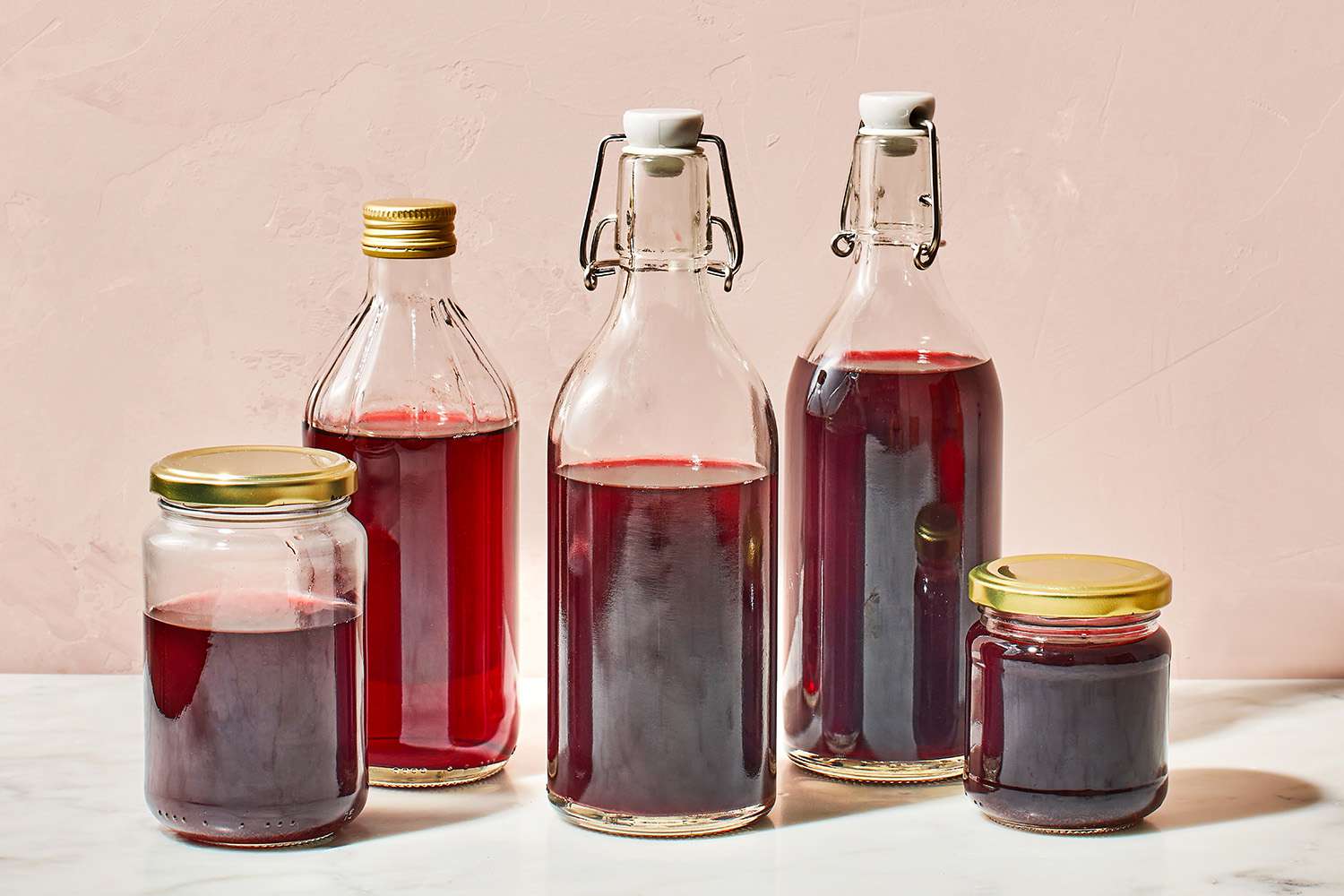

Articles
How To Store Red Wine Vinegar
Modified: December 7, 2023
Learn the proper way to store red wine vinegar to preserve its flavor and quality. Read our articles and tips on how to store this versatile ingredient.
(Many of the links in this article redirect to a specific reviewed product. Your purchase of these products through affiliate links helps to generate commission for Storables.com, at no extra cost. Learn more)
Introduction
Red wine vinegar is a versatile and flavorful ingredient that adds a unique tang to various dishes. Made from the fermentation of red wine, this vinegar offers a distinct depth of flavor that can elevate the taste of salads, marinades, dressings, and sauces. To ensure that you preserve the quality and flavor of your red wine vinegar, proper storage is essential. In this article, we will guide you through the best practices for storing red wine vinegar to maintain its freshness and maximize its shelf life.
Key Takeaways:
- Properly storing red wine vinegar in a non-reactive glass container with a tight seal, away from direct sunlight and excessive heat, helps maintain its freshness and tangy flavor for extended culinary use.
- Regularly checking for signs of spoilage, such as changes in appearance, scent, and taste, ensures the use of high-quality red wine vinegar in culinary creations, enhancing the flavor of salads, dressings, marinades, and sauces.
Read more: How To Store Red Wine
Choosing the Right Container for Storage
When it comes to storing red wine vinegar, selecting the right container is crucial. The ideal container should be made of a non-reactive material to prevent any unwanted chemical reactions that could alter the taste of the vinegar. Glass bottles or jars are commonly used for storing red wine vinegar as they are non-porous and do not interact with the vinegar. Additionally, glass containers are easy to clean and maintain.
It is important to choose a container that has a tight-sealing lid or cap. This will help prevent air from entering the container and oxidizing the vinegar, which can result in a loss of flavor and quality. Look for containers with airtight seals or screw-top lids that can be securely fastened. This will ensure that the vinegar remains fresh for a longer period of time.
Another consideration when choosing a container is its size. It is recommended to use smaller containers rather than larger ones, especially if you use the vinegar infrequently. This is because each time the container is opened, air enters and can accelerate the oxidation process. By using smaller containers, you can minimize the exposure of the vinegar to air, helping to maintain its freshness for longer.
Properly Sealing the Container
Once you have chosen the right container for storing your red wine vinegar, it is important to ensure that it is properly sealed. A tight and secure seal is essential to prevent air from entering and spoiling the vinegar.
Make sure that the lid or cap of your container is fitted tightly. This will help create an airtight seal, preventing any air from getting inside. Check that there are no cracks, chips, or other damage to the lid or the container that could compromise the seal.
If your container does not provide a tight seal, you can use additional measures to ensure proper sealing. One option is to use a plastic wrap or a rubber band around the opening of the container before securing the lid. This will provide an extra layer of protection against air exposure.
Another method is to use a vacuum sealer. Vacuum sealing removes the air from the container, creating a vacuum and eliminating the risk of oxidation. This technique is particularly useful for long-term storage or if you have a large quantity of red wine vinegar that needs to be preserved.
Remember to always check the seal of your container periodically. Over time, the seal may become loose or damaged, which could compromise the freshness and quality of the vinegar. If you notice any signs of a weak seal, it is important to replace the container or reseal it to ensure optimal storage conditions.
Storing Red Wine Vinegar at the Right Temperature
The temperature at which you store red wine vinegar plays a significant role in maintaining its quality and flavor. Extremes of temperature can have a detrimental effect on the vinegar, leading to changes in taste and potential spoilage.
Ideally, red wine vinegar should be stored at a cool and consistent temperature. The optimal range is between 50°F (10°C) and 70°F (21°C). Avoid storing the vinegar in areas that are prone to temperature fluctuations, such as near the stove or refrigerator, as these can impact the vinegar’s integrity.
It is important to note that storing red wine vinegar in a refrigerator can cause the vinegar to become cloudy or develop sediment. However, if you live in a particularly warm climate, refrigerating the vinegar can help maintain its freshness and prevent spoilage. In this case, ensure that the vinegar is tightly sealed in a glass container to prevent it from absorbing any odors from other food items.
Extreme heat should be avoided when storing red wine vinegar, as it can accelerate the oxidation process and cause the vinegar to deteriorate faster. High temperatures can diminish the vinegar’s flavor and aroma, rendering it less desirable for culinary use.
By storing your red wine vinegar at an optimal temperature, you can preserve its quality and enjoy its full flavor potential. Always check the label or manufacturer’s instructions for any specific storage recommendations, as different brands may have slightly different guidelines.
Avoiding Direct Sunlight
One of the key factors in properly storing red wine vinegar is protecting it from direct sunlight. Exposure to sunlight can cause the vinegar to degrade and lose its flavor and quality over time.
UV rays from sunlight can accelerate the oxidation process of red wine vinegar, leading to a deterioration in taste and aroma. The delicate flavors and nuances of the vinegar can be easily diminished when exposed to prolonged sunlight.
To avoid direct sunlight, it is recommended to store red wine vinegar in a dark or opaque container. This will help shield the vinegar from harmful UV rays. If your vinegar comes in a clear glass container, consider transferring it to a dark-colored glass bottle or jar.
Additionally, it is crucial to choose a storage location that is away from direct sunlight. Find a cool and dark spot in your pantry or cupboard where the vinegar can be stored safely. Avoid placing the vinegar near windows or in areas of your kitchen that receive direct sunlight during the day.
By protecting red wine vinegar from direct sunlight, you can preserve its flavor, aroma, and quality for a longer period of time. This ensures that when you use the vinegar in your culinary creations, you will be able to fully appreciate its rich and distinct taste.
Store red wine vinegar in a cool, dark place, away from heat and direct sunlight. Keep it tightly sealed to prevent oxidation and maintain its flavor. Avoid storing it near strong-smelling foods as it can absorb odors.
Read more: How To Store White Wine Vinegar
Keeping the Vinegar in a Dark Place
In addition to avoiding direct sunlight, it is essential to store red wine vinegar in a dark place. Exposure to light, even indirect light, can have a negative impact on the quality and shelf life of the vinegar.
Light, especially ultraviolet (UV) light, can trigger chemical reactions in the vinegar, leading to oxidation and degradation. These reactions can result in the loss of flavor, aroma, and beneficial compounds in the vinegar.
To protect red wine vinegar from light, store it in a pantry, cupboard, or other dark areas of your kitchen. Choose a spot that is away from windows and artificial light sources. If possible, opt for a location that is consistently cool, as temperature fluctuations can also affect the vinegar’s quality.
If the vinegar comes in a clear glass bottle, consider wrapping it with aluminum foil or storing it in a dark-colored storage container. This provides an extra layer of protection against light exposure.
It is worth noting that storing red wine vinegar in a dark place is particularly important if you plan to keep it for an extended period. Freshly opened vinegar is less susceptible to the effects of light due to the concentration of antioxidants and the protective packaging. However, for long-term storage, it is best to minimize light exposure to maintain the vinegar’s integrity.
By keeping red wine vinegar in a dark place, you can prolong its shelf life and preserve its quality, ensuring that it remains a flavorful and versatile ingredient in your culinary endeavors.
Avoiding Exposure to Air
Proper storage of red wine vinegar involves preventing exposure to air. Oxygen can cause the vinegar to oxidize, leading to a loss of flavor, aroma, and quality over time. To ensure the longevity of your vinegar, it is essential to minimize its contact with air.
When using the vinegar, always make sure to tightly seal the container after each use. This will help create a barrier that limits the amount of oxygen that can come into contact with the vinegar.
If you are using a screw-top lid or cap, ensure that it is securely fastened to create an airtight seal. For containers with a cork stopper, press the cork firmly into the bottle to create a tight fit.
In addition to keeping the container tightly sealed, another method to avoid air exposure is to transfer the vinegar to a smaller container as you use it. By doing this, you minimize the headspace or empty space in the container, reducing the amount of air that can interact with the vinegar.
Remember to pour the vinegar gently and try to minimize splashing, as this can introduce air bubbles into the container. When pouring or transferring the vinegar, use a funnel or a narrow spout to control the flow and reduce the chances of air exposure.
By taking these precautions and avoiding exposure to air, you can help maintain the freshness and quality of your red wine vinegar for a longer period. This ensures that the vinegar retains its desirable flavor and aroma, enhancing the taste of your culinary creations.
Keeping the Bottle Upright or Inverted?
When it comes to storing red wine vinegar, the question of whether to keep the bottle upright or inverted often arises. While there is no definitive right or wrong answer, there are a few important considerations to keep in mind.
Keeping the bottle upright is the most common method of storing red wine vinegar. This ensures that the vinegar is always in contact with the cork or cap, helping to maintain a tight seal and prevent air from entering the bottle. Storing the vinegar upright also reduces the risk of leakage or spills, as gravity keeps the liquid from coming into contact with the opening.
On the other hand, some people prefer to store their red wine vinegar bottle inverted or on its side. The idea behind this method is to keep the cork or cap constantly soaked in vinegar, which can help prevent it from drying out and potentially losing its ability to create an airtight seal. This method is commonly used for wines, as it helps keep the cork moist and prevents it from shrinking or cracking. However, it is important to note that vinegar bottles often use different types of closures, such as screw caps or plastic stoppers, which are less susceptible to drying out.
Ultimately, the decision of whether to store the vinegar bottle upright or inverted depends on personal preference and the type of closure on the bottle. If you are using a bottle with a cork or a similar closure, storing it upright is generally recommended. If the bottle has a secure screw cap or a plastic stopper, the choice is less critical as these closures are less prone to air leakage.
Regardless of whether you choose to store the bottle upright or inverted, it is essential to ensure that the bottle is tightly sealed to prevent air from entering. This will help maintain the vinegar’s freshness and flavor.
It is worth noting that if you do decide to store the bottle inverted or on its side, be cautious when handling the vinegar to avoid any accidental spills that could damage surfaces and cause a mess.
Overall, the most important factor in preserving red wine vinegar is maintaining proper sealing and storage conditions, regardless of the orientation of the bottle. Implementing these practices will help maximize the vinegar’s shelf life and preserve its quality for future use.
Checking for Signs of Spoilage
While proper storage can help prolong the shelf life of red wine vinegar, it is still important to periodically check for signs of spoilage. This ensures that you use the vinegar while it is still fresh and safe for consumption.
One of the first things to check is the appearance of the vinegar. Red wine vinegar should have a clear, transparent or slightly reddish color. If you notice any cloudiness, sediment, or discoloration, it may be an indication of spoilage. Additionally, if there are any mold or unusual growths on the surface of the vinegar, it is a definite sign that it has gone bad and should not be consumed.
Next, evaluate the scent of the vinegar. Red wine vinegar should have a strong and acidic aroma that is characteristic of vinegar. If you detect any off or unpleasant smells, such as a rancid or musty odor, it is a sign that the vinegar has spoiled and should be discarded.
Taste is also a crucial indicator of vinegar quality. Before using the vinegar in your recipes, take a small sip to assess the taste. Red wine vinegar should have a tangy and acidic flavor, with a hint of fruitiness from the wine. If the vinegar tastes flat, sour, or off, it has likely deteriorated and should not be used.
Finally, consider the expiration date of the vinegar. While vinegar does not technically expire, it does have a shelf life. Check the label or packaging for any indications of the recommended use-by date. If your vinegar is past its expiration date, it is best to err on the side of caution and replace it to ensure optimal flavor and quality.
It is important to note that red wine vinegar, if properly stored, can maintain its quality for a considerable period. However, if you have any doubts about the vinegar’s freshness or notice any signs of spoilage, it is always better to be safe and discard it.
By regularly inspecting the appearance, scent, and taste of your red wine vinegar, you can ensure that you are using a high-quality product that enhances the flavor of your recipes. This attention to detail and careful monitoring will contribute to a delightful culinary experience.
Read more: How To Store Unopened Red Wine
Conclusion
Proper storage of red wine vinegar is crucial to maintain its freshness, flavor, and quality. By following the guidelines outlined in this article, you can maximize the shelf life of your vinegar and ensure that it remains a versatile and flavorful ingredient in your kitchen.
Choosing the right container, such as a non-reactive glass bottle, and properly sealing it with airtight closures are key steps in preserving the vinegar. Storing the vinegar at a cool and consistent temperature, away from direct sunlight and excessive heat, helps maintain its integrity and prevent oxidation.
Avoiding exposure to air and minimizing contact with light are essential to preventing spoilage and maintaining the vinegar’s quality. Whether you choose to store the bottle upright or inverted depends on personal preference and the type of closure on the bottle.
Regularly checking for signs of spoilage, such as changes in appearance, scent, and taste, ensures that you use the vinegar while it is still fresh and safe for consumption.
By incorporating these storage practices into your routine, you can enjoy the full flavor and tangy punch of red wine vinegar in your culinary creations for an extended period, enhancing the taste of salads, dressings, marinades, and sauces.
Remember, while red wine vinegar can have a long shelf life, it is always best to use it within a reasonable time frame for optimal flavor. If you have any doubts about the vinegar’s freshness, it is best to replace it to ensure the best possible taste in your recipes.
So, store your red wine vinegar properly, keep it away from sunlight, air, and extreme temperatures, and regularly check for signs of spoilage. With these steps, you can enjoy the full flavor and versatility of red wine vinegar whenever you need it, adding a delicious tang and depth to your culinary creations.
Frequently Asked Questions about How To Store Red Wine Vinegar
Was this page helpful?
At Storables.com, we guarantee accurate and reliable information. Our content, validated by Expert Board Contributors, is crafted following stringent Editorial Policies. We're committed to providing you with well-researched, expert-backed insights for all your informational needs.


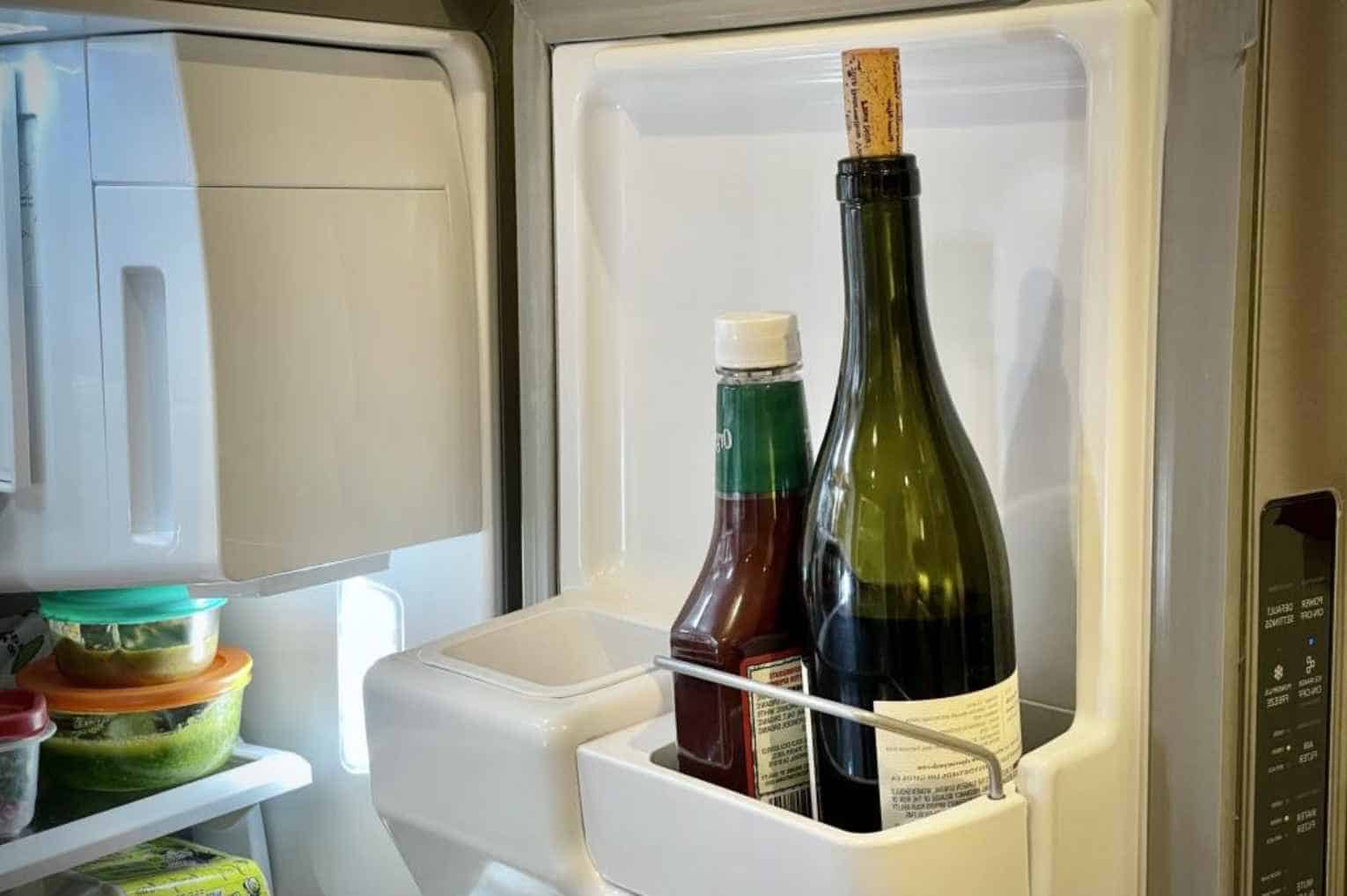

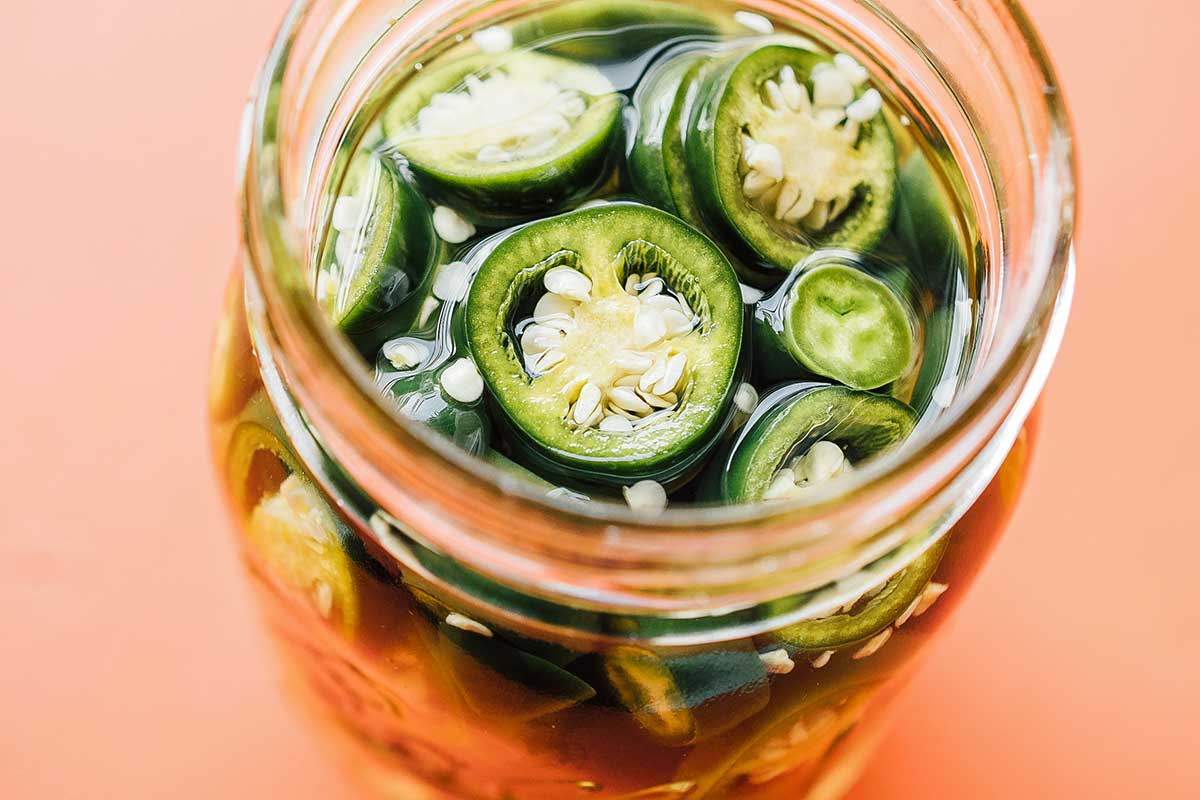
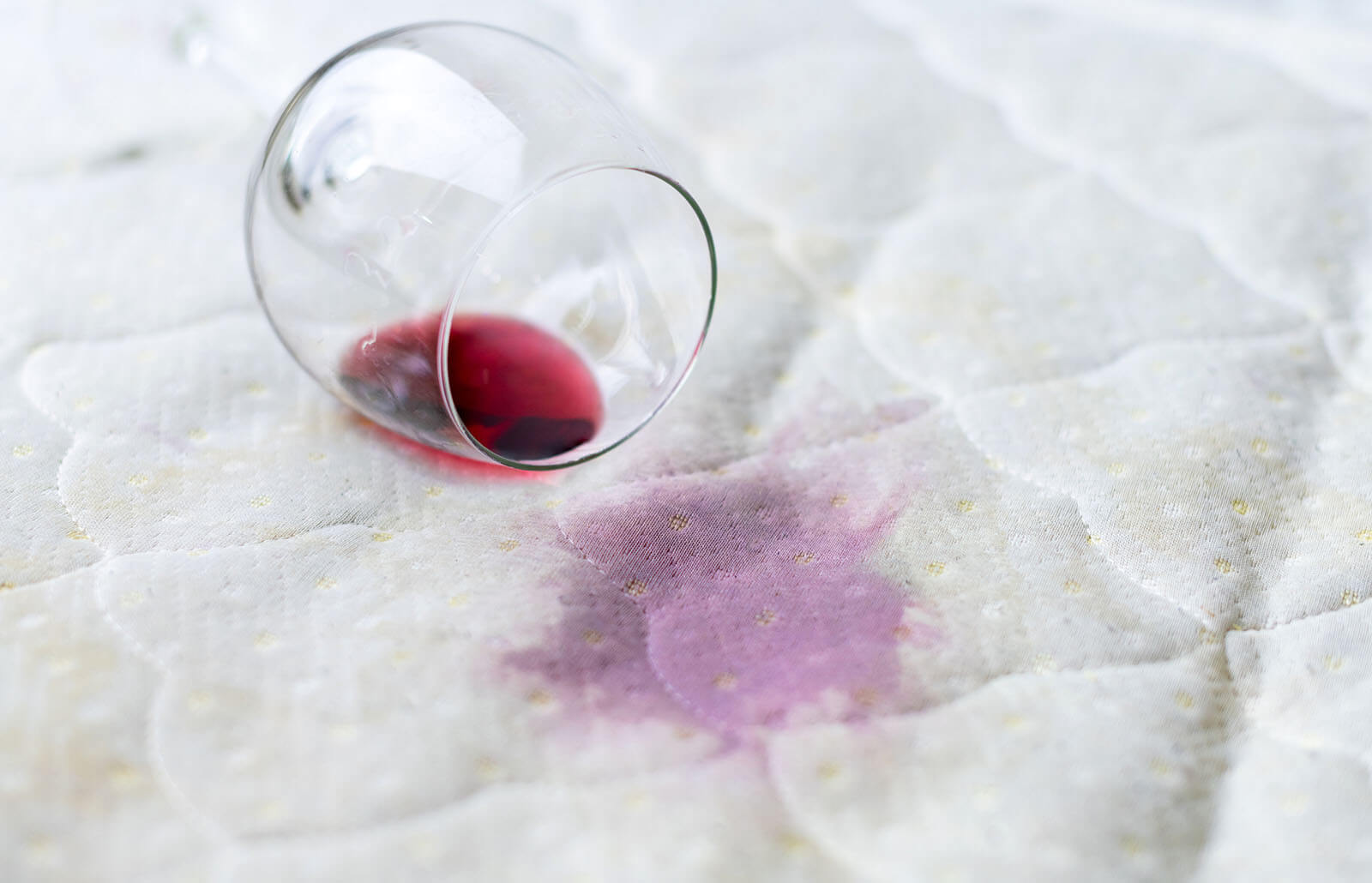


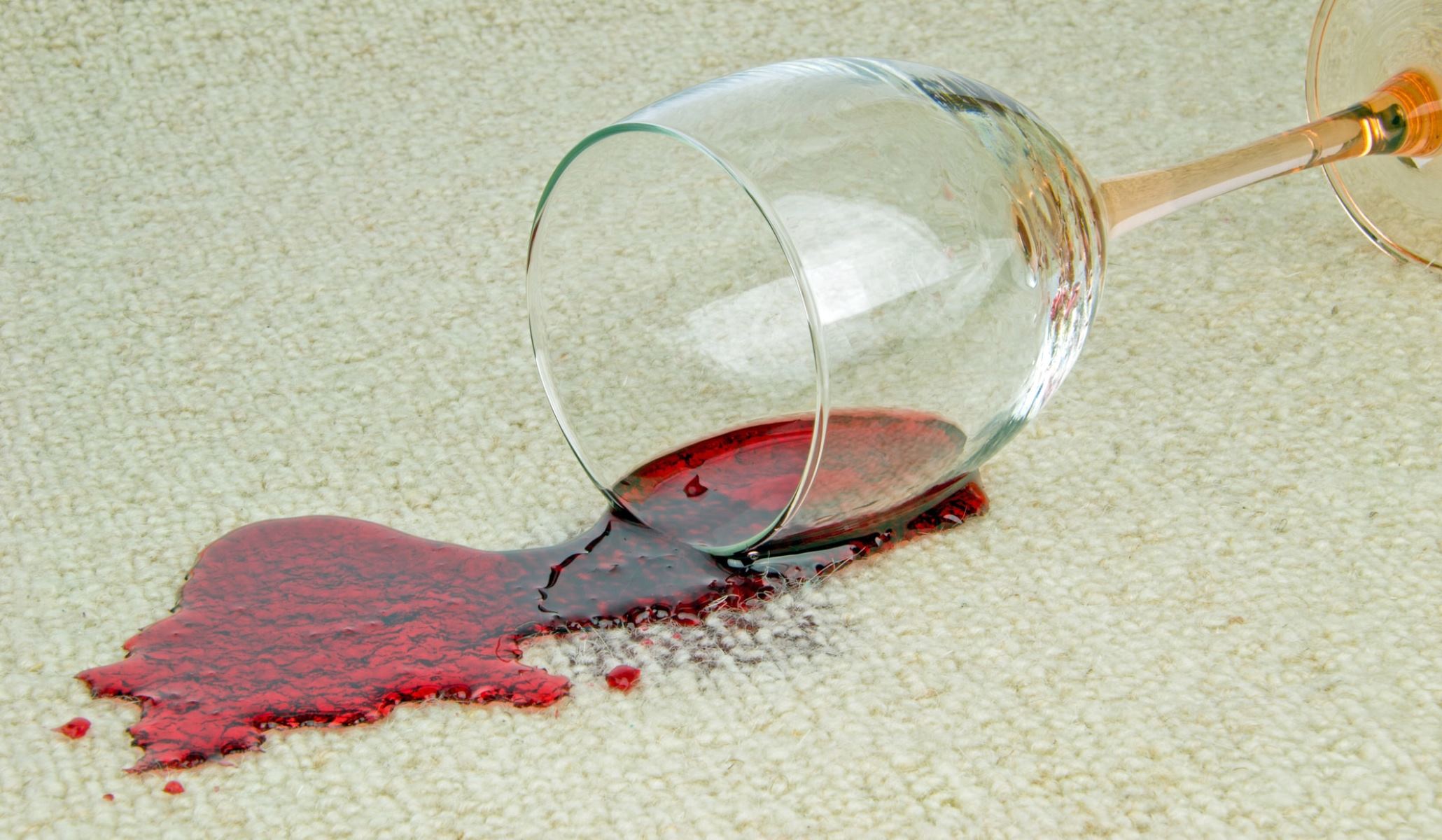
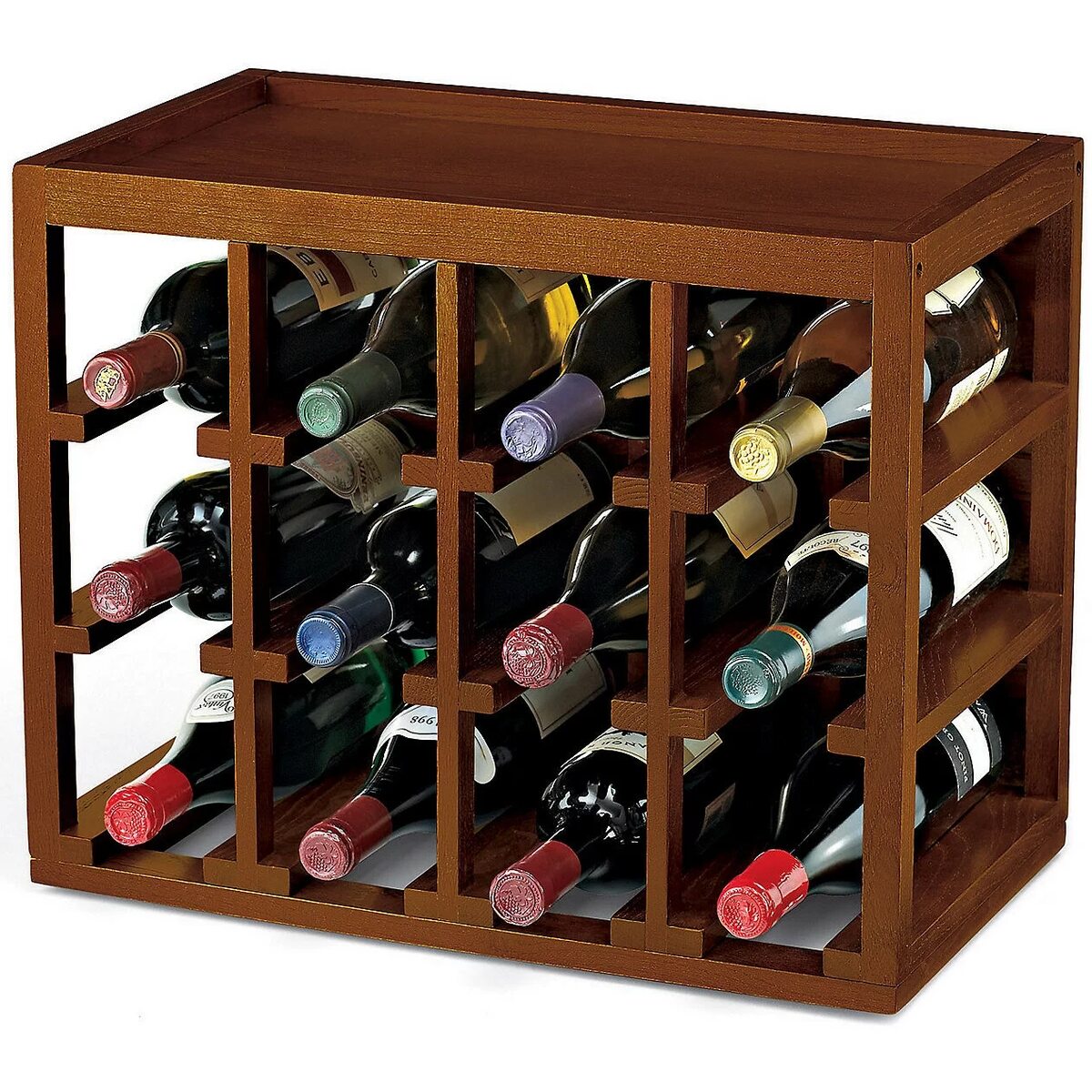

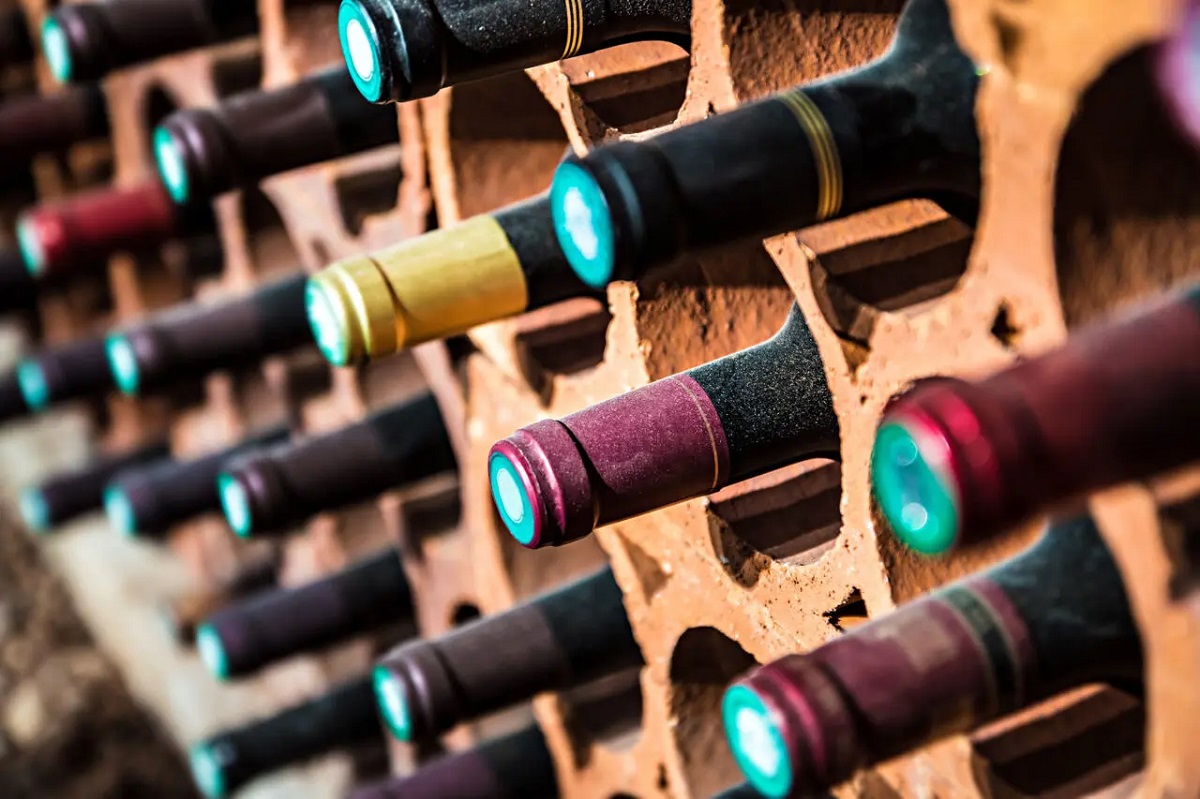
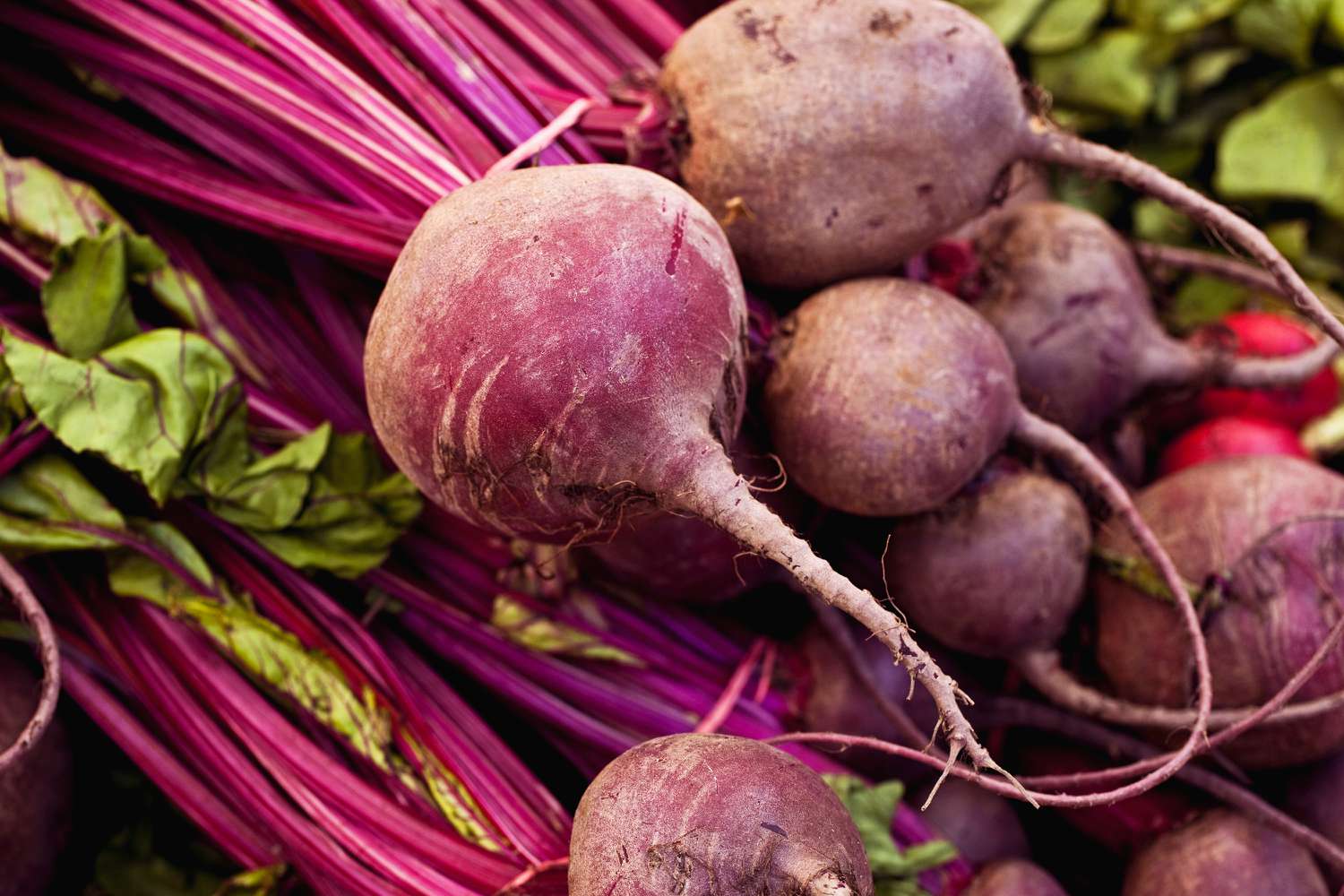

0 thoughts on “How To Store Red Wine Vinegar”